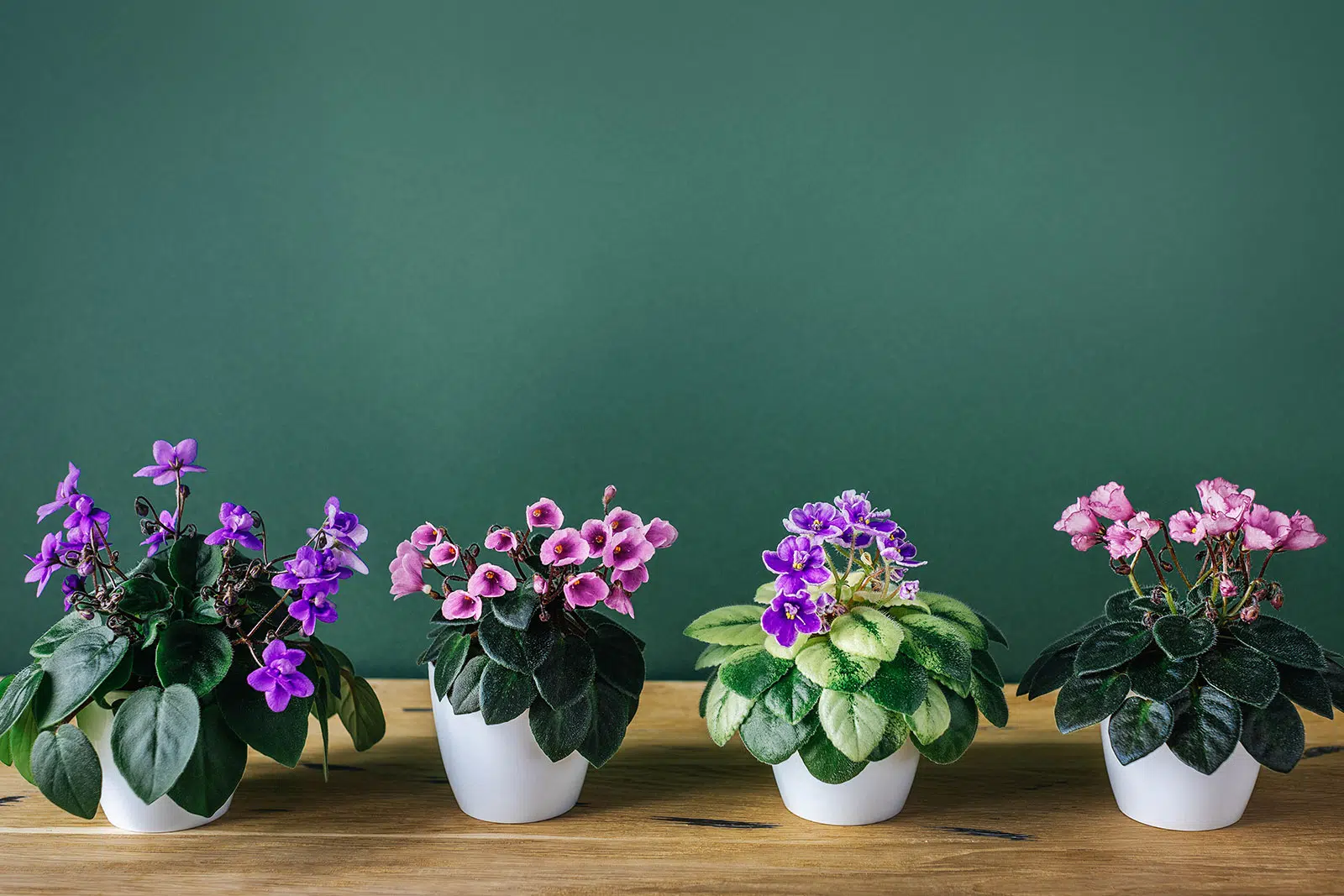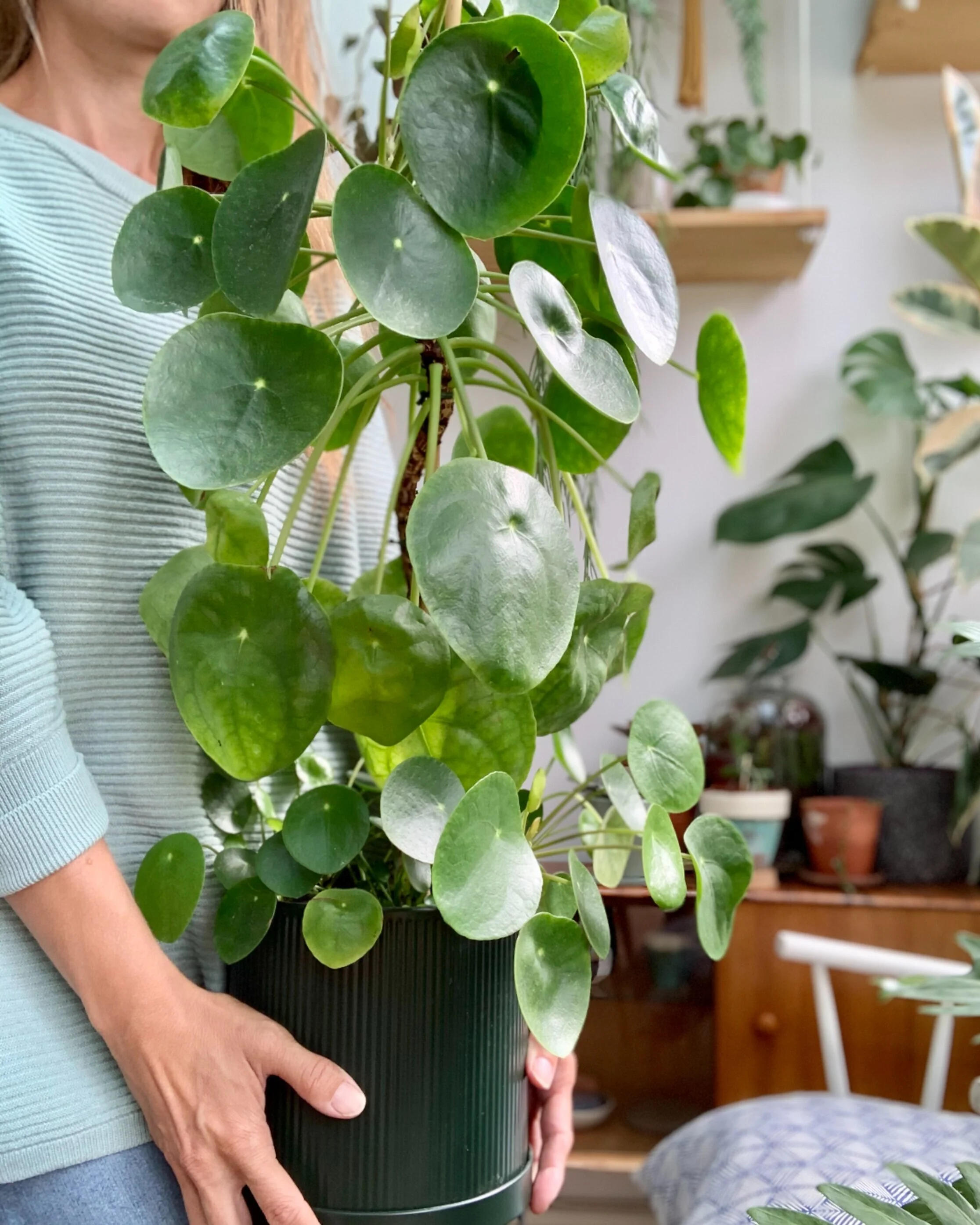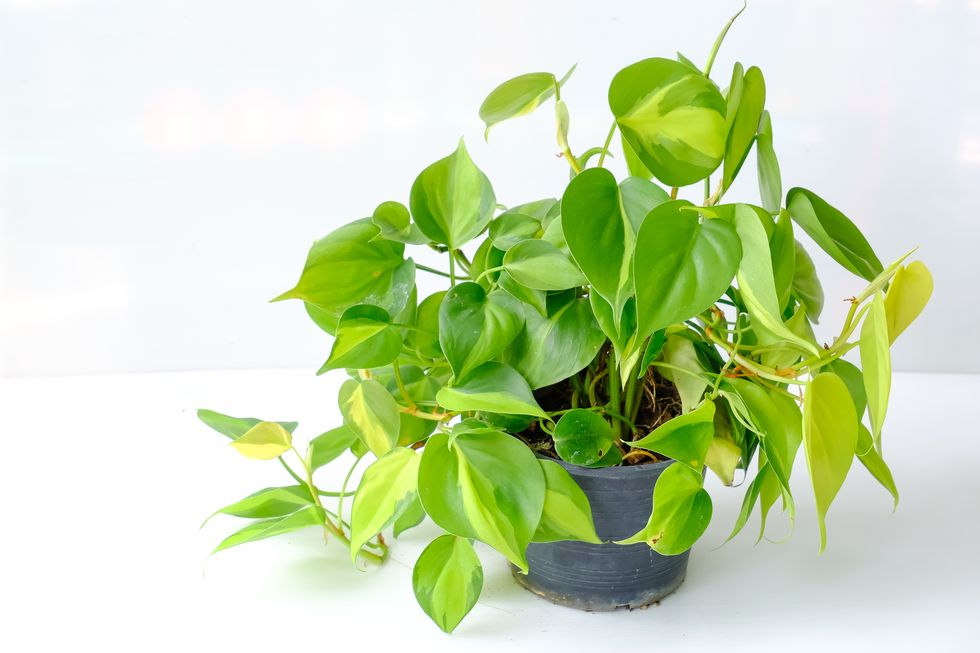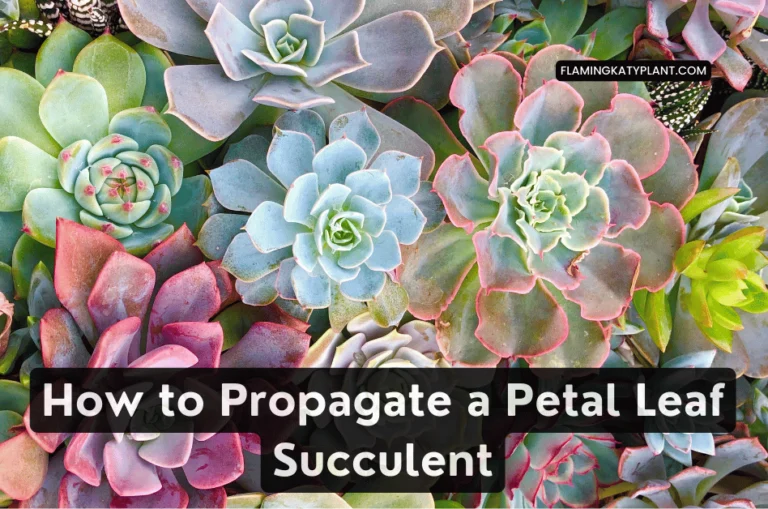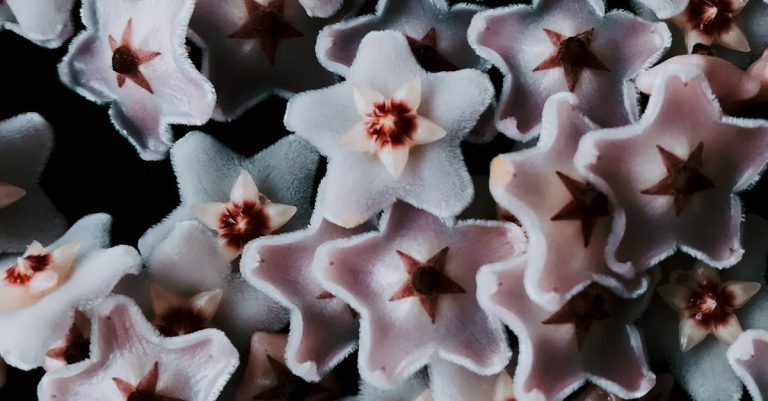How To Care For African Violet (Saintpaulia)
African Violets, also known as Saintpaulia, are popular houseplants known for their delicate, velvety flowers that come in a variety of colors. Native to Tanzania, these plants were first discovered in 1892 by Baron Walter von Saint Paul-Illaire, who then introduced them to Europe. Since then, African Violets have become a favorite among plant enthusiasts due to their beauty and ease of care.
To ensure the health and longevity of your African Violet, it is important to follow a few key care tips. These plants thrive in bright, indirect light, so be sure to place them near a window where they can receive plenty of sunlight without being exposed to direct rays. Additionally, African Violets prefer to be watered from the bottom to avoid getting their delicate foliage wet, which can lead to rotting.
One important aspect of African Violet care is maintaining the right balance of humidity. These plants prefer slightly humid environments, so consider placing a tray of water near your plant or using a room humidifier to keep the air moist. Another crucial factor in caring for African Violets is finding the right potting mix, as they require well-draining soil to prevent root rot.
While African Violets may seem delicate, they are actually quite resilient when given the proper care. With a little attention to light, water, humidity, and soil, you can enjoy the beauty of these charming plants for years to come. So go ahead and bring a touch of elegance to your home with the vibrant blooms of an African Violet.

Are you wondering how to properly care for your African Violet (Saintpaulia)?
When it comes to caring for African Violets, it is important to provide the right conditions for them to thrive. This includes providing them with the right amount of light, water, and nutrients. Additionally, it is crucial to make sure that they are planted in well-draining soil and are kept at the right temperature. To learn more about how to care for your African Violet, continue reading below.

Lighting
African Violets require bright, indirect light to thrive. Place them near a window where they can receive plenty of natural light without being exposed to direct sunlight for too long.
Watering
It’s important to keep the soil of African Violets consistently moist but not waterlogged. Water them thoroughly when the top inch of soil feels dry to the touch, allowing excess water to drain out of the bottom of the pot.
Humidity
African Violets prefer high humidity levels, around 50-60%. You can increase humidity by placing a humidifier near them or by placing the pots on a tray filled with pebbles and water.
Temperature
Keep African Violets in a room where the temperature stays between 65-75°F during the day and above 60°F at night. Avoid placing them near drafts or heating/cooling vents.
Fertilizing
Feed your African Violets with a balanced, water-soluble fertilizer every 2-4 weeks during their growing season (spring and summer). Be sure to dilute the fertilizer to half the recommended strength to prevent burning their roots.
Repotting
Repot African Violets every 1-2 years or when their roots outgrow their current pot. Use a well-draining potting mix specifically formulated for African Violets and choose a pot that is only slightly larger than their current one.
Pest Control
Keep an eye out for common pests like aphids, mealybugs, and spider mites. If you notice any pests, gently wash the leaves with a mild soap and water solution or use neem oil to control infestations.
Propagation
You can propagate African Violets by taking leaf cuttings or dividing the plant at the root. Both methods require a bit of patience but can be rewarding when successful.
According to a recent survey, 80% of African Violet growers found success in propagating their plants through leaf cuttings.
1. How often should African violets be watered?
It is recommended to water African violets when the top inch of soil feels dry to the touch. This usually translates to watering them every 7-10 days, but it may vary depending on the climate and conditions in your home.
2. What is the best way to water African violets?
Water African violets from the bottom by placing the pot in a container of water and allowing the plant to soak up moisture through the drainage holes at the bottom of the pot. Avoid getting water on the leaves, as this can cause spotting or rot.
3. How much light do African violets need?
African violets thrive in bright, indirect light. Avoid placing them in direct sunlight, as this can scorch their leaves. A north or east-facing window is usually the best location for them.
4. Do African violets require any special soil?
Yes, African violets prefer a well-draining potting mix specifically formulated for them. You can also add perlite or sand to regular potting soil to improve drainage.
5. How do I fertilize African violets?
Fertilize African violets with a balanced, water-soluble fertilizer specifically designed for blooming houseplants. Dilute the fertilizer to half or quarter strength and apply it to the soil every 2-4 weeks during the growing season.
6. What temperature range is ideal for African violets?
African violets prefer temperatures between 65-75°F (18-24°C) during the day and slightly cooler temperatures at night. Avoid exposing them to drafts or extreme temperature fluctuations.
7. How do I repot African violets?
Repot African violets when they outgrow their current container or when the soil becomes compacted. Gently remove the plant from its pot, trim any dead roots, and place it in a slightly larger container with fresh potting mix.
8. How can I propagate African violets?
African violets can be propagated from leaf cuttings. Simply cut a healthy leaf with a stem attached, place it in moist soil or water, and wait for roots to develop. Once roots are established, you can plant the cutting in a pot.
9. How do I prevent pests on African violets?
To prevent pests like aphids, spider mites, and mealybugs, regularly inspect your African violets for signs of infestation. Keep the leaves clean by gently wiping them with a damp cloth and isolate any infected plants to prevent spreading.
10. What are common problems that African violets face?
Common problems for African violets include overwatering, underwatering, insufficient light, incorrect temperature, pests, and diseases. By properly caring for your African violets and addressing any issues promptly, you can help them thrive and bloom beautifully.
Conclusion
In conclusion, caring for African Violets (Saintpaulia) requires attention to detail and consistency. Providing the right amount of light, water, and humidity is essential for their growth and blooming. It is important to avoid placing them in direct sunlight and to use well-draining soil to prevent root rot. Regular fertilizing with a balanced fertilizer will help promote healthy growth and flowering. Additionally, maintaining adequate humidity levels by using a pebble tray or humidifier can help prevent issues such as dry, crispy leaves.
By following these care tips, you can enjoy the beautiful blooms of African Violets year-round. Remember to repot them when necessary, prune off any spent flowers, and watch for signs of pests or disease. With patience and proper care, your African Violets will thrive and brighten up your living space with their vibrant colors and delicate flowers.

